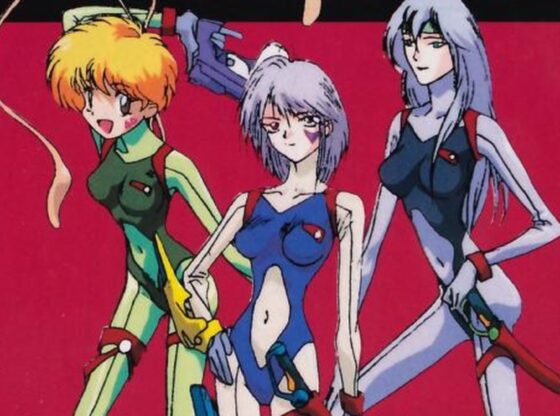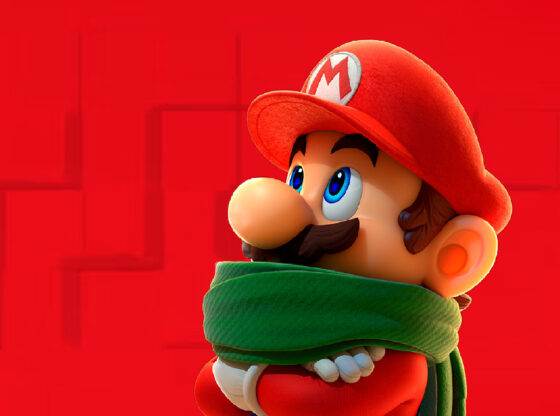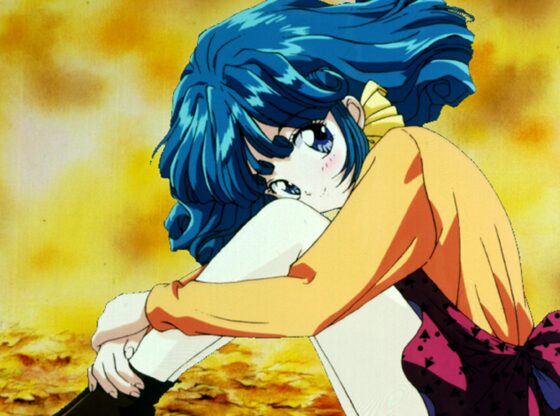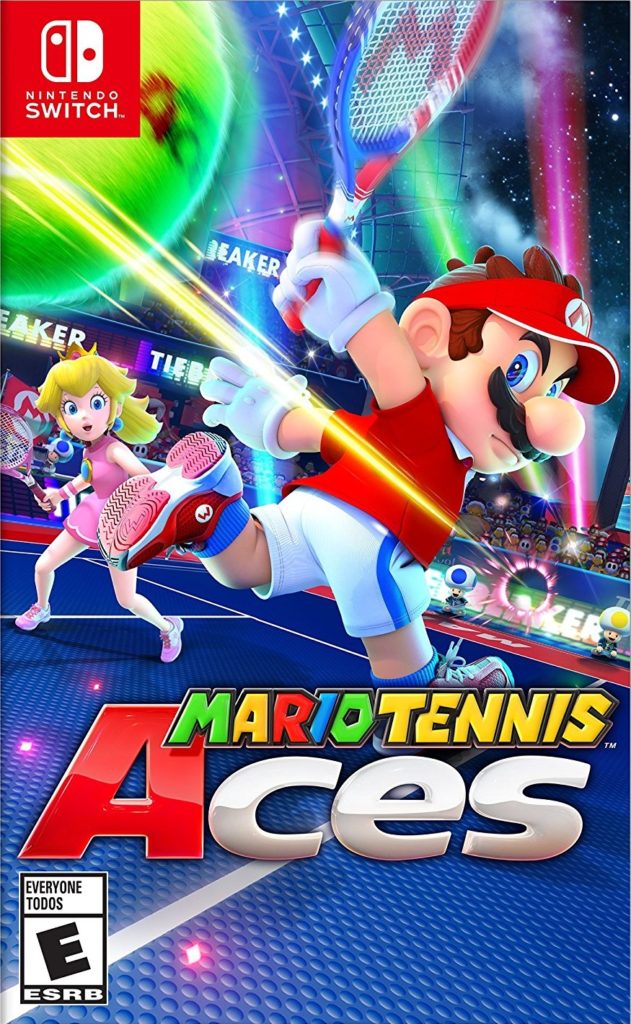
Mario Tennis Aces is far from the first time Mario has taken a racket in hand to the court. As someone who hasn’t touched the series in nearly two decades though, I was taken aback by how conservative it feels considering it features the plumber’s name.
When you attach a franchise like Mario to a pre-existing genre, sport or event, I typically expect there to be some sort of twist that relates back to the core elements of the main series. Whether that be attempting a multi-jump in an RPG or throwing a koopa shell in a kart racer, there’s something that relates to the Mario name.
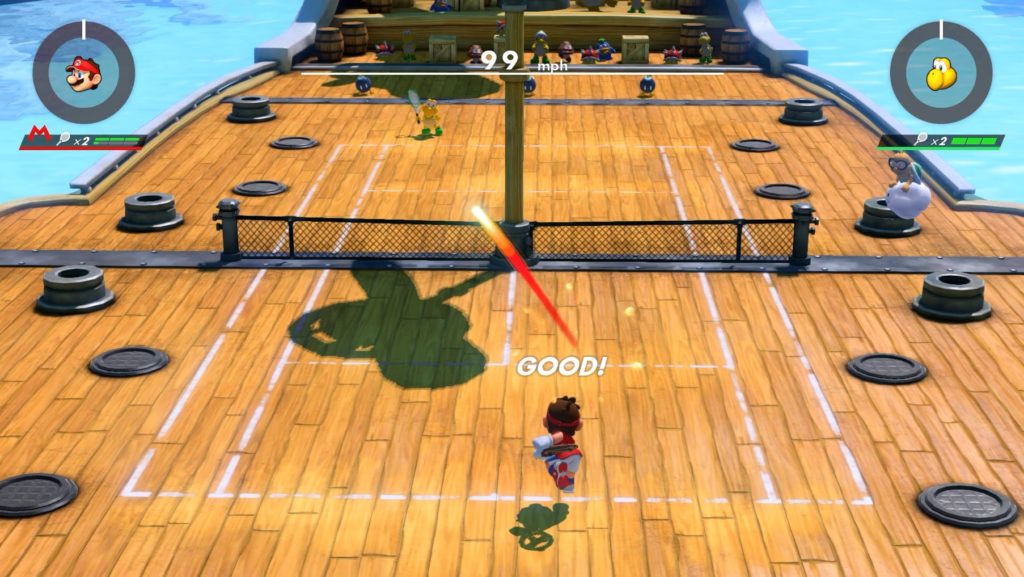
While not a realistic tennis simulation, Aces is surprisingly straight forward. You can use four different shot types to direct the ball: slices, lobs, topspins or flat shots. Double tapping the button causes the character to charge a strike, which increases the power of each shot in addition to filling a gauge.
What you can do with this built-up energy is what differentiates Mario Tennis Aces, as the other half of the move set relies on it. Some of the most basic uses include being able to slow down time or performing a special Zone Shot under certain circumstances. These freeze time as well as lets the you manually aim and return the ball at a fast speed.
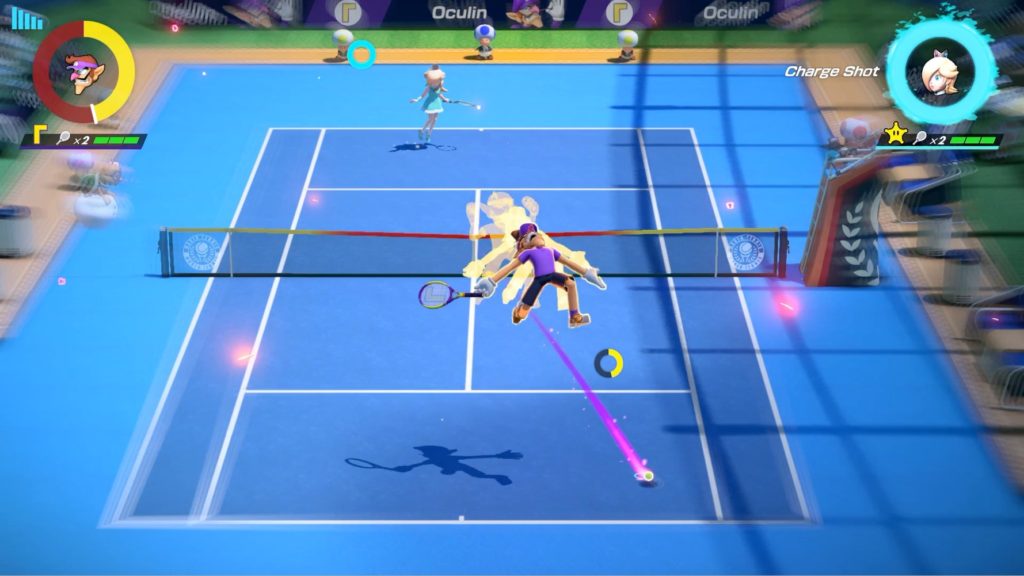
The second major use are Trick Shots, which are maneuvers that require precise timing but quickly traverse the court to hit out of reach returns. Finally, if the meter is completely full, you can freeze time on any receiving shot as well as perform a fast and powerful strike, similar to the Zone Shot. Because all of these use the same energy pool, much of the game comes down to meter management.
If a character is low on energy, it’s easy for the other player to exploit their opponent. It makes for intense online matches where, even if they are successfully volleying the ball, the one in more control has more opportunities to build meter.
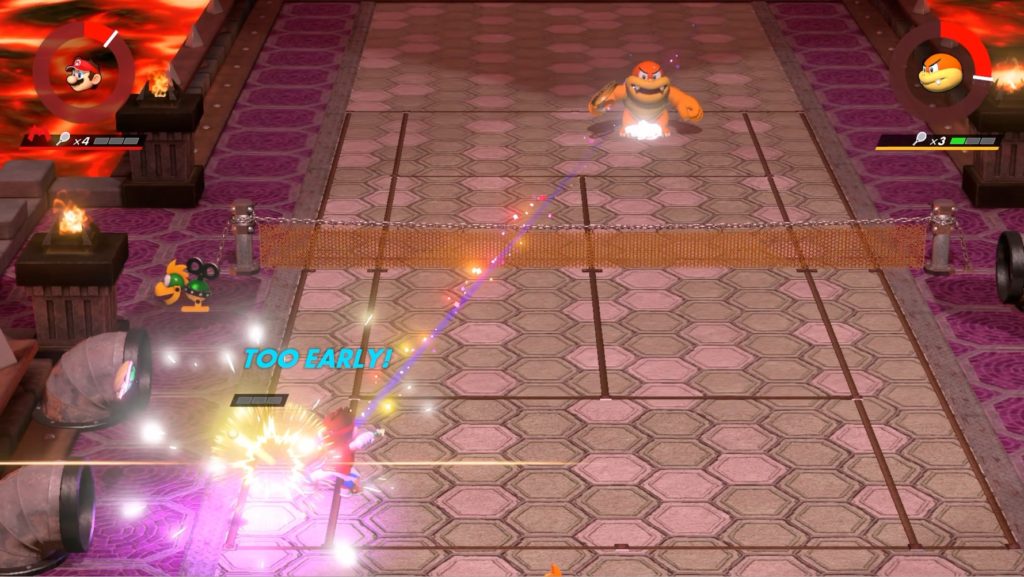
One of the most fearsome forms of pressure is destroying the opponent’s racket. Poorly returning Zone Shots can deal damage to it while mis-timing on a full meter special will destroy it outright. Perfectly timing a hit is the only way to avoid damage to, or destruction of, a racket. You don’t just lose a set if you run out of rackets. You’re knocked out of the entire match.
This creates a dynamic where sometimes returning a ball might not be worth the risk. It can be better to let the opponent take the score. The slow down mechanic is a huge help in countering, but it requires energy from your meter.
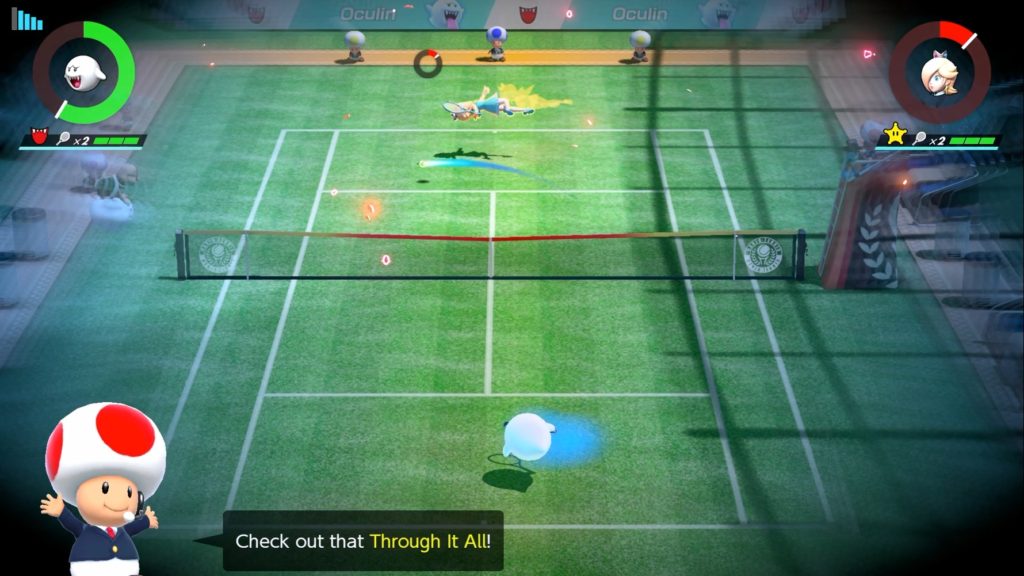
All of the above is incredibly satisfying to play, yet there is a lack of variety. Each character type is distinct with different stats that effects the speed as well as curvature of their return. However they all have a largely identical set of moves, so no one feels truly unique.
Stage hazards do help in adding some variety. They often challenge you with additional stationary or moving objects that can alter the course of the ball. That being said, these are limited to the story mode and free play. In tournament mode, you’re stuck with a straight forward court. I didn’t have any luck finding anyone for public online free play matches. Maybe I picked bad times to search. Tournament play seems bustling though.
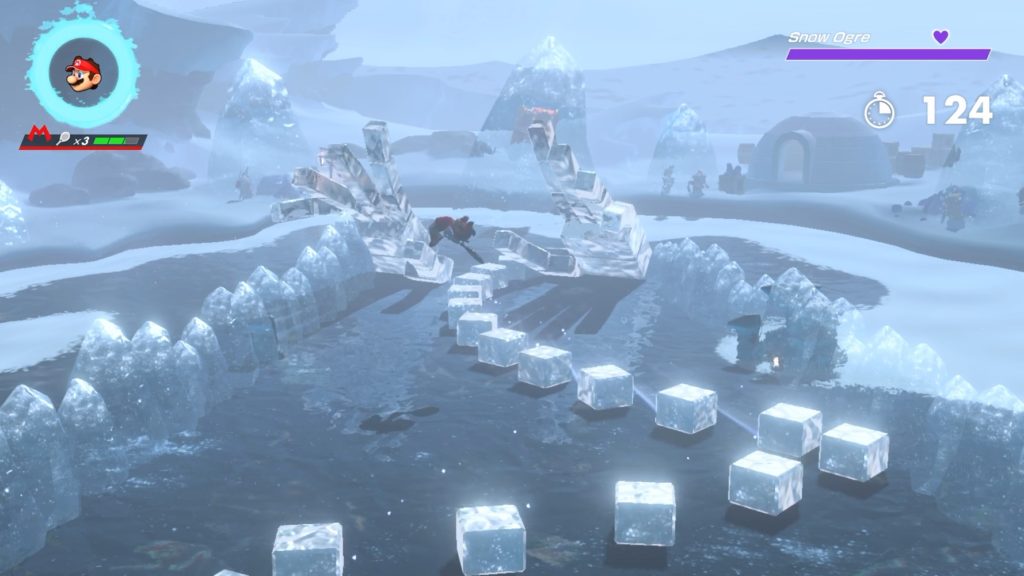
The soul of the Mario name comes out in the adventure mode. Missions vary from volleying, destroying gates or straight forward matches. From time to time there will be waves of foes to defeat by hitting them with their own balls. The boss fights are the main draw here. Not only do they test the player’s tennis skills, but also cleverly use Trick Shots as a dodging mechanic. The mode is only three to four hours long. However, it does teach you to effectively use every mechanic.
Once you get past the the adventure mode, for better or for worse you end up with a highly competitive game that has strong fundamental mechanics. It just doesn’t really scream Mario in any way.
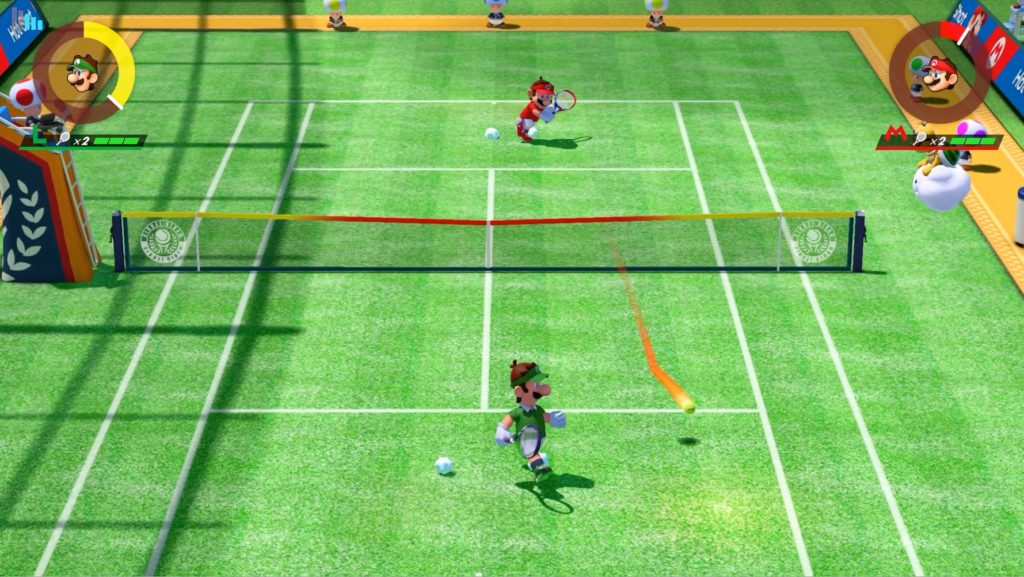
It’s like taking the items out of a Mario Kart. Each character controls differently and it’s as colorful as you’d expect. Though it feels like something is missing. At the same time, as a No Items Smash Bros. player, I can definitely respect leveling the field to one of only skill.
If you’re okay with a competitive approach, there’s a lot in the core mechanics to like here. For those who want a goofy party-like Mario sports game, Mario Tennis Aces doesn’t have much to offer.



